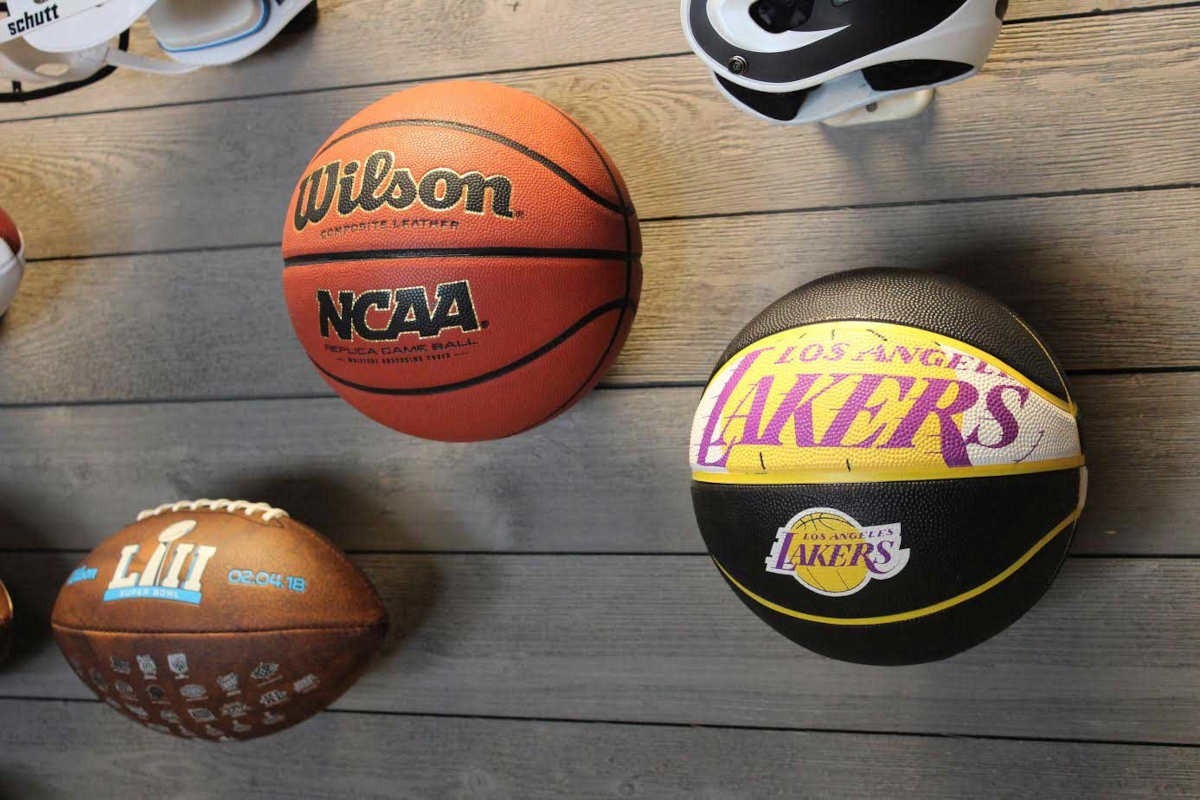What to Look For in a Helmet Wall Mount: Materials, Weight Limit & Finish
There’s nothing quite like the sound of your motorcycle helmet hitting the garage floor. Except maybe the sound of your wallet crying because you now have to replace a $300 helmet and fix a dent in your concrete.
That’s the moment people start googling “best helmet wall mount.”
But here’s the thing: not all mounts are built the same. Some are solid. Others are just shiny coat hooks in disguise.
So before you hang your gear on anything that looks vaguely functional, here’s what actually matters: materials, weight capacity, and finish. Let’s break it down so you don’t break your helmet.
1. Material Matters—Because Plastic Ain’t Gonna Cut It
If you’re trusting a hook to hold 3 to 6 pounds of critical safety equipment (or even a display-worthy collectible), the material it’s made from better be up to the job.
Here’s the real talk:
- Plastic? Cheap. Lightweight. Probably going to snap.
- Aluminum? Better. Lightweight but stronger—though it can bend under pressure.
- Steel? Ding ding ding. Powder-coated steel like what’s used in the INVISI-ball Wall Mount is a top-tier choice. It won’t warp, snap, or flex under pressure.
Solid steel construction doesn’t just support the weight—it sends a message. This is gear, not a gym towel. Treat it like it matters.
2. Weight Capacity: Don’t Guess—Know
Not all helmets weigh the same. That motocross lid? Might weigh 2.8 pounds. That tactical helmet with comms gear? Easily 5 pounds or more. And if you’re mounting multiple items—say, helmet plus gloves—now you’re stacking weight.
So what’s safe?
A good helmet wall mount will support at least 5–10 pounds.
A great one—like the INVISI-ball Wall Mount—goes beyond that, built for long-term durability without stress cracks or loosening over time.
Rule of thumb? Look for:
- A published weight limit (not “strong enough” or “holds most gear”)
- Reinforced mounting points
- A solid anchor setup (drywall alone = no bueno unless you’re using proper anchors or studs)
3. Finish: Looks Nice, Lasts Longer
Sure, strength is everything. But aesthetics? They still matter—especially if this is going in a garage you actually care about or on the wall of your home office man cave.
But the finish isn’t just about looks. It plays a key role in:
- Preventing rust (especially in humid garages)
- Protecting your helmet shell from scratches or abrasions
- Holding up over time, not flaking or chipping
The ideal? A powder-coated finish that resists corrosion, doesn’t mark up your gear, and still looks slick years down the road. (Spoiler: that’s what Invisi-Ball uses.)
And let’s be honest—there’s something satisfying about walking past your mounted helmet and seeing it float on the wall like a piece of modern art.
4. Form & Function: Bonus Points for Smart Design
The best mounts aren’t just strong—they’re smart. They:
- Hold your helmet with the crown down, preserving the shape of the padding
- Keep the visor or face shield elevated to avoid scratches
- Mount flush to the wall, saving space in tight garages or entryways
- Sometimes include multi-gear setups—like options to hang gloves, keys, or goggles
A good mount serves a purpose. A great one adds flow to your setup.
Final Word: Don’t Settle for a Cheap Hook
Your helmet’s job is to protect your head.
Your wall mount’s job is to protect your helmet.
So why cheap out?
If you want something built to last—with solid steel construction, clean design, and the kind of finish that actually looks intentional—go with the real deal.






